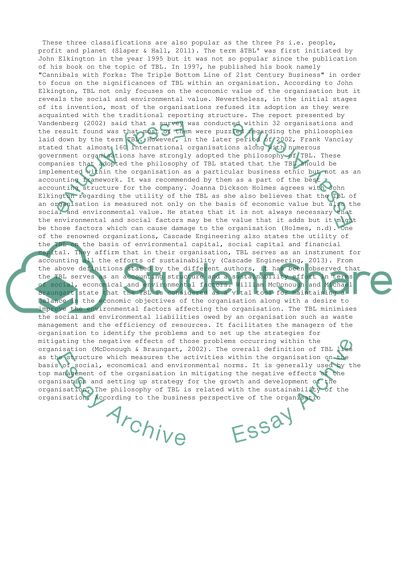Cite this document
(“Bristol 2015 Green Capital of Europe, impact report Assignment”, n.d.)
Bristol 2015 Green Capital of Europe, impact report Assignment. Retrieved from https://studentshare.org/management/1493885-bristol
Bristol 2015 Green Capital of Europe, impact report Assignment. Retrieved from https://studentshare.org/management/1493885-bristol
(Bristol 2015 Green Capital of Europe, Impact Report Assignment)
Bristol 2015 Green Capital of Europe, Impact Report Assignment. https://studentshare.org/management/1493885-bristol.
Bristol 2015 Green Capital of Europe, Impact Report Assignment. https://studentshare.org/management/1493885-bristol.
“Bristol 2015 Green Capital of Europe, Impact Report Assignment”, n.d. https://studentshare.org/management/1493885-bristol.


